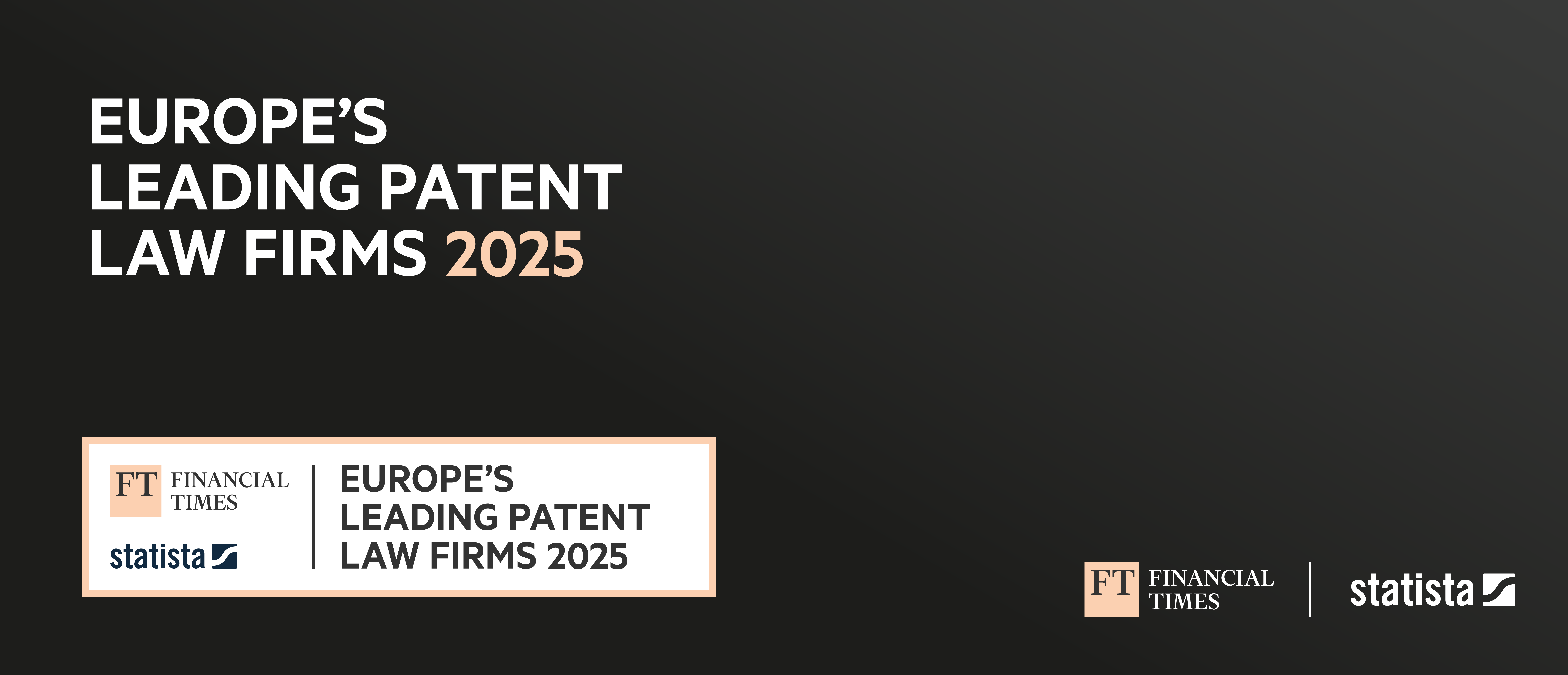

Scroll
Inventions
Protection for inventions can be provided by patents or utility models.
Patent
The patent can be considered the best known right protecting engineering. Besides its primary functions of securing an advantage in the market place as well as preventing imitations of technical innovations, the patent plays an increasingly important role nowadays as a mark of quality. An extremely thorough examination procedure guarantees that only those inventions which meet certain prerequisites can be patented. Therefore, the patent enjoys a high level of prestige, which is particularly significant to many companies in terms of their marketing strategy. A patent is valid for up to twenty years and is applied to the protection of technical products and processes.
An invention is patentable, if it meets the following three requirements:
1.) Firstly, the invention must be 'new' within the meaning of the law. This novelty requirement only applies if the invention has not been made available to the public prior to the date of application - either in written or in oral form. A presentation of the product or process to be patented by the inventor at a trade show or publication in a specialist journal may become an obstacle to this criterion. Therefore, it pays to adhere to the principle of always first filing a patent application before marketing it.
2.) Moreover, the invention must be based on what is referred to as an 'inventive activity', meaning that the invention should not have been obvious to the average expert in that field on the day of application. However, it need not be a literally revolutionary and pioneering technical innovation. On the contrary, the majority of technical innovations are not completely new products or processes, but rather improvements or further developments of existing and apparently fully developed products or manufacturing procedures. Often, even a minor modification entails a significant technical benefit, resulting in a competitive edge that demands protection.
3.) The third and final requirement is the industrial applicability of the invention.
Formal as well as factual criteria are relevant in the examination of these prerequisites. Great significance is attached to the precise wording of the patent application, especially in the most relevant part of the application - the patent claims - by an expert in the specific field. This is due in particular to the fact that no further technical details may be added once the application has been submitted. It is here that the special skills of the patent attorney are brought to bear. Sometimes, even the use of a single word in the application can have decisive consequences in the event of subsequent litigation cases. Experience has shown that patent applications are frequently rejected due to mistakes that could easily have been avoided had the application been drafted by a patent attorney. Applications for patent protection within Germany are submitted to the DPMA, the German Patent and Trademark Office. However, many companies require international patent protection to ensure that they can remain competitive in today's increasingly global environment. In this case, a European patent application can be filed for instance with teh European Patent Office (EPA). In addition, the Patent Cooperation Treaty (PCT), for example, allows individuals and companies to gain protection in numerous countries, including those outside Europe, from single patent application.
Utility Model
Just like the patent, the utility model is a right that protects engineered products. However, unlike the patent, the utility model does not apply to engineering processes. Its great advantage is that it is generally registered only a few weeks after the application is submitted. The prerequisites for acquiring protection are very similar to those of a patent. However, a novelty grace period of six months applies to the utility model. This means that even if the invention has already been publicized - in whatever manner - an application for protection can still be submitted within the next six months. The prompt registration of the utility model is made possible because there is no formal examination of the prerequisites for protection. Formal examination only becomes necessary in the event of litigation. The associated risk of having obtained a 'fictitious right' can be minimized by ensuring that the application is processed in a competent and professional manner, as well as by filing an application for official research. The utility model is valid for up to ten years.
